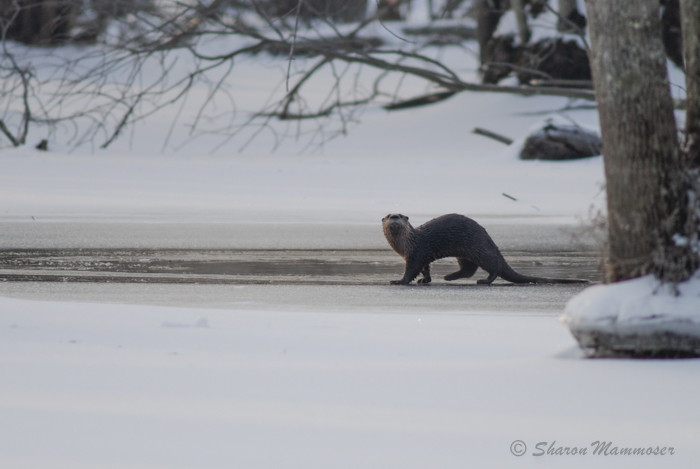 Before I moved here to WNC, seeing river otters was common for me as I spent a lot of time exploring a wetland called the Great Swamp adjacent to my house in eastern New York State. The best time of year to see them was winter, when they came onto the ice to travel, play and eat. I came upon them often, always thrilled when I could see them before they saw me. But they did always see me, and then usually moved off and disappeared. Sometimes they seemed curious about me, often standing on their hind feet to get a better look. In my experience, mink do this too. It was common during winter to see their slides as they moved along on top of the ice or even holes in the ice, made from beneath the water as they tried to break the ice to surface.
Before I moved here to WNC, seeing river otters was common for me as I spent a lot of time exploring a wetland called the Great Swamp adjacent to my house in eastern New York State. The best time of year to see them was winter, when they came onto the ice to travel, play and eat. I came upon them often, always thrilled when I could see them before they saw me. But they did always see me, and then usually moved off and disappeared. Sometimes they seemed curious about me, often standing on their hind feet to get a better look. In my experience, mink do this too. It was common during winter to see their slides as they moved along on top of the ice or even holes in the ice, made from beneath the water as they tried to break the ice to surface.
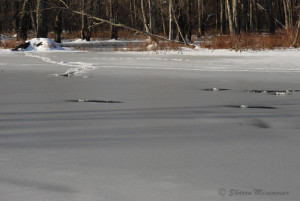
Now that I live in western North Carolina, I don’t see otters much, but that’s not because they don’t live here, it’s because I don’t have the easy access to a wetland. As I learned recently on a night kayaking trip on the French Broad, otters DO live here–I saw two before the daylight faded, their dark shapes moving seamlessly to the water and then silently disappearing.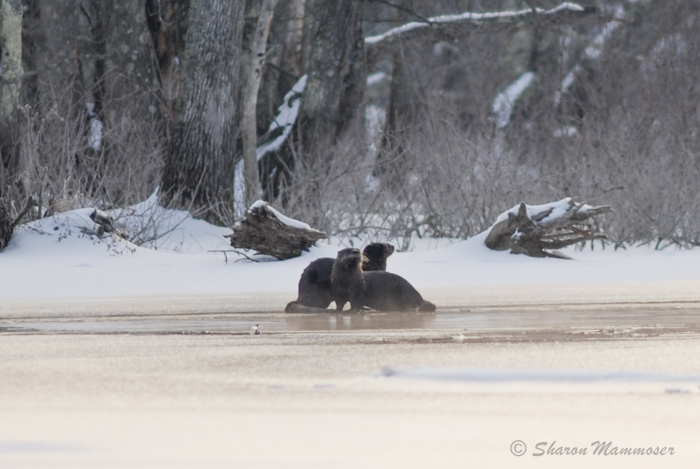
Many people never get the chance to see a River Otter in the wild, as like many other animals, they are skittish, and often active at night. Interestingly, when they are not in populated areas where people are common, otters tend to be active during the day. I often came upon them playing long after sunrise.
Most people don’t have the luxury of having a wetland in their backyard and many don’t venture outside at night– certainly not to go for a spin in their kayak! In this, I am the exception to the rule as the world of the night fascinates me and I love experiencing it in this unique way. There is something magical about being surrounded by darkness and witnessing a wild animal doing what it does.
Here are some interesting facts about River Otters:
1. Though their name suggests otherwise, river otters are not just found in rivers. Instead, they can be found in many bodies of water, including canals, ponds, lakes, marshes, bays, estuaries and even open water along the coast. Unlike their seawater cousin–the sea otter–river otters are smaller and spend a considerable amount of their time on land though they are comfortable on land and in the water. They move around a lot, traveling on land to reach other wetlands in their territory.
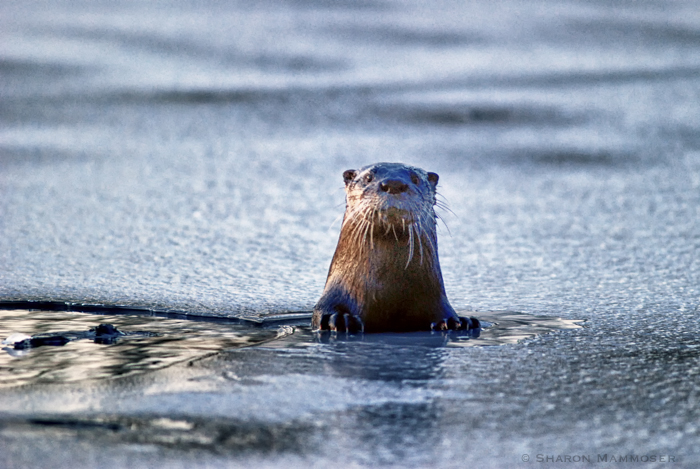 2. River otters weigh between 20-30 pounds and are members of the weasel family, meaning they are related to minks, skunks, fishers, ermine, wolverines and skunks. Most members of this family–there are 65 species of weasels in the world!– have scent glands near their butts that secrete strong-smelling secretions that are used to mark their territory and signal to members of the opposite sex.
2. River otters weigh between 20-30 pounds and are members of the weasel family, meaning they are related to minks, skunks, fishers, ermine, wolverines and skunks. Most members of this family–there are 65 species of weasels in the world!– have scent glands near their butts that secrete strong-smelling secretions that are used to mark their territory and signal to members of the opposite sex.
3. Since they spend a lot of their time underwater, they require many adaptations. For instance, you know how some people when they swim use goggles and nose plugs? Well otters do this too, only in a different way. They have valves in their noses and ears that can close them while underwater. And their eyes? They don’t wear googles, but they have specially adapted lenses that allow them to accommodate underwater distortions. River otters have long, sleek bodies with small heads and ears, short legs, 5 webbed toes, and long, muscular tails that propel them through the water like torpedoes. And you may have never looked closely at an otter, but if you did, you would notice the long whiskers on their faces. Their whiskers help them find their way underwater, sense vibrations in the water and also help them locate breakfast (or lunch or dinner!)
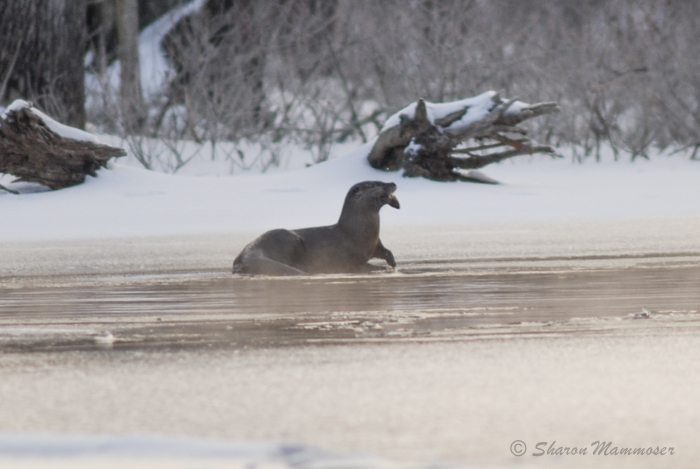
4. River otters eat a lot of fish and have such a fast metabolism that food travels through their intestines very quickly–in just one hour! So that fish becomes scat in just one hour. (You know scat is poop right? But let’s be scientific. If you have an urge to read about another animal’s scat–you can check out this post on bear scat– click HERE.) As carnivores otters eat a lot of other things too including crayfish, amphibians, reptiles, invertebrates like aquatic beetles, snails, slugs and worms, and small birds.
5. River otters can hold their breath for up to 8 minutes, which by our standards seems like a long time, but some other animals–like beavers for instance–can go even longer at 15 minutes! When an otter makes a deep dive, it can slow its heart rate, thus making its oxygen last that much longer.
6. River otters make their homes in the banks along rivers, sometimes at the root base of a fallen tree, a hollow log, in the mud or in an old beaver or muskrat lodge. River otters do not dig their own dens, but instead use abandoned homes from other animals. These dens usually have underwater entrances to keep them safe from predators and above-ground entrances too. The dens are lined with a variety of materials, from sticks to shredded vegetation and other soft materials in their habitats.
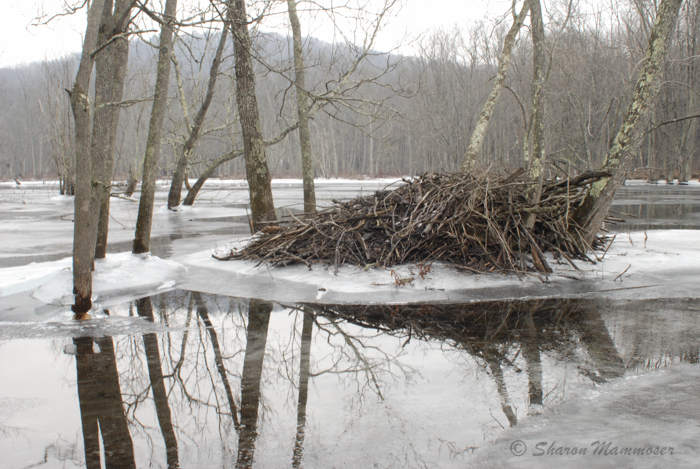
7. So if you’ve ever taken a polar plunge–accidently or purposely– you know that river water in January or February is ARCTIC! It is amazing to consider that otters do not hibernate during the winter, but instead stay active. (Want to test your knowledge about how animals survive winter? Click HERE for a short quiz) The cold temperatures do not bother them as they have very thick fur with two layers of hair that keeps them warm. In addition, they have a layer of fat beneath their fur for insulation. And their feet? They don’t wear boots like us, but they do have a patch of fur on the pad of each paw, behind their webbed toes. This fur helps they get a grip on slippery ice, rocks and snow and insulates them from the cold.
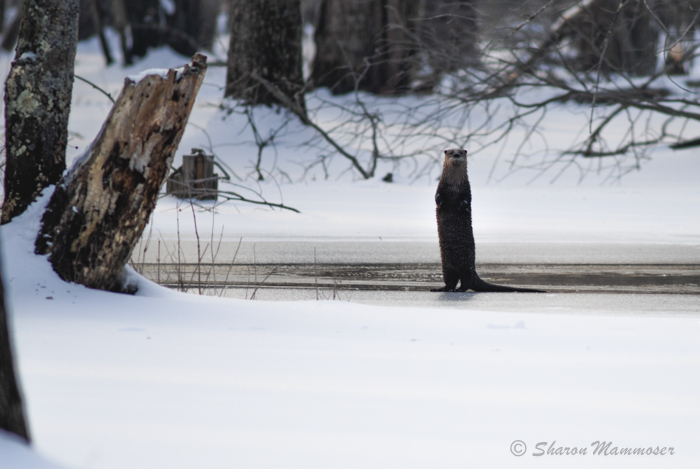
8. River otters make a lot of interesting sounds, as I learned each time I saw them. They often issue an explosive Hah, when they encounter danger, doing this a few times, then diving underwater and then reappearing in a different place to do it again. In addition they chirp, growl, grunt, snarl and even scream.
9. River otters, like many other members of the weasel family, have delayed implantation. This means that the fertilized egg inside the female does not immediately become attached to the uterine wall. Delayed implantation allows them to adjust their pregnancy to yearly food and weather cycles. (If you want to read an interesting article on this check out this post on the National Wildlife Federation website.)
10. River otter females give birth to 2-4 pups in March -May. The young, called puppies or pups, are blind but fully furred at birth. They weigh about 4.5 ounces and won’t open their eyes for about 35 days. The pups play at 4 weeks, swim at 7 and begin exploring away from their dens at 8-10 weeks. They stay with mom until the following spring.

11. Otters, like raccoons, have a tendency to go to the bathroom in the same place. Their scat is often reddish and full of fish scales or crayfish exoskeletons.
12. The lifespan of an otter in the wild is 10 years.
13. River otters are notoriously playful, as is evidenced by their tracks in the wintertime. They often slide on their bellies across the snow or across ice into an open spot of water. When I see their slides, I can’t help but smile, imagining the otters plunging loudly into the icy water like children at the end of a water slide. “Woo hoo,” I imagine them saying “Let’s do that again!”
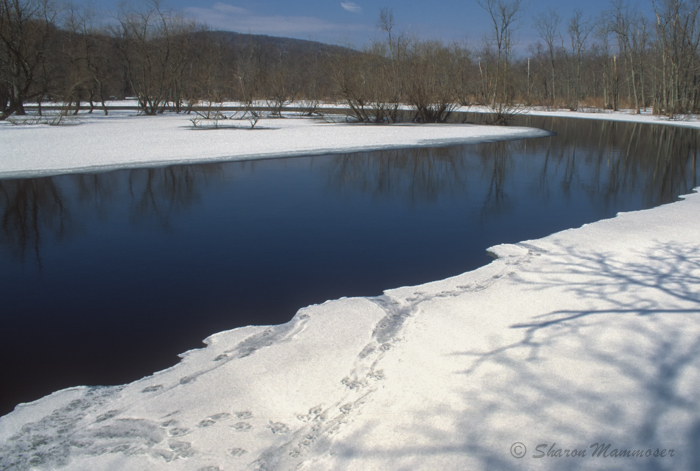

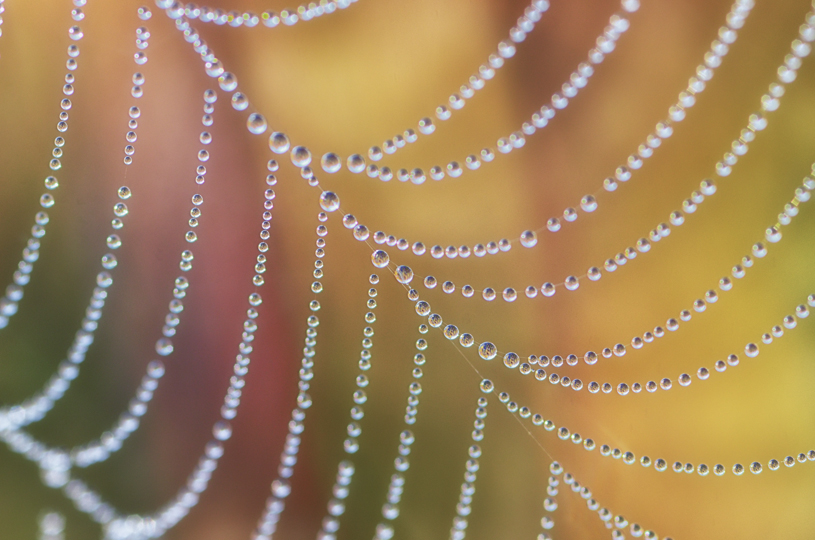
1 thought on “The Playful River Otter”
Comments are closed.